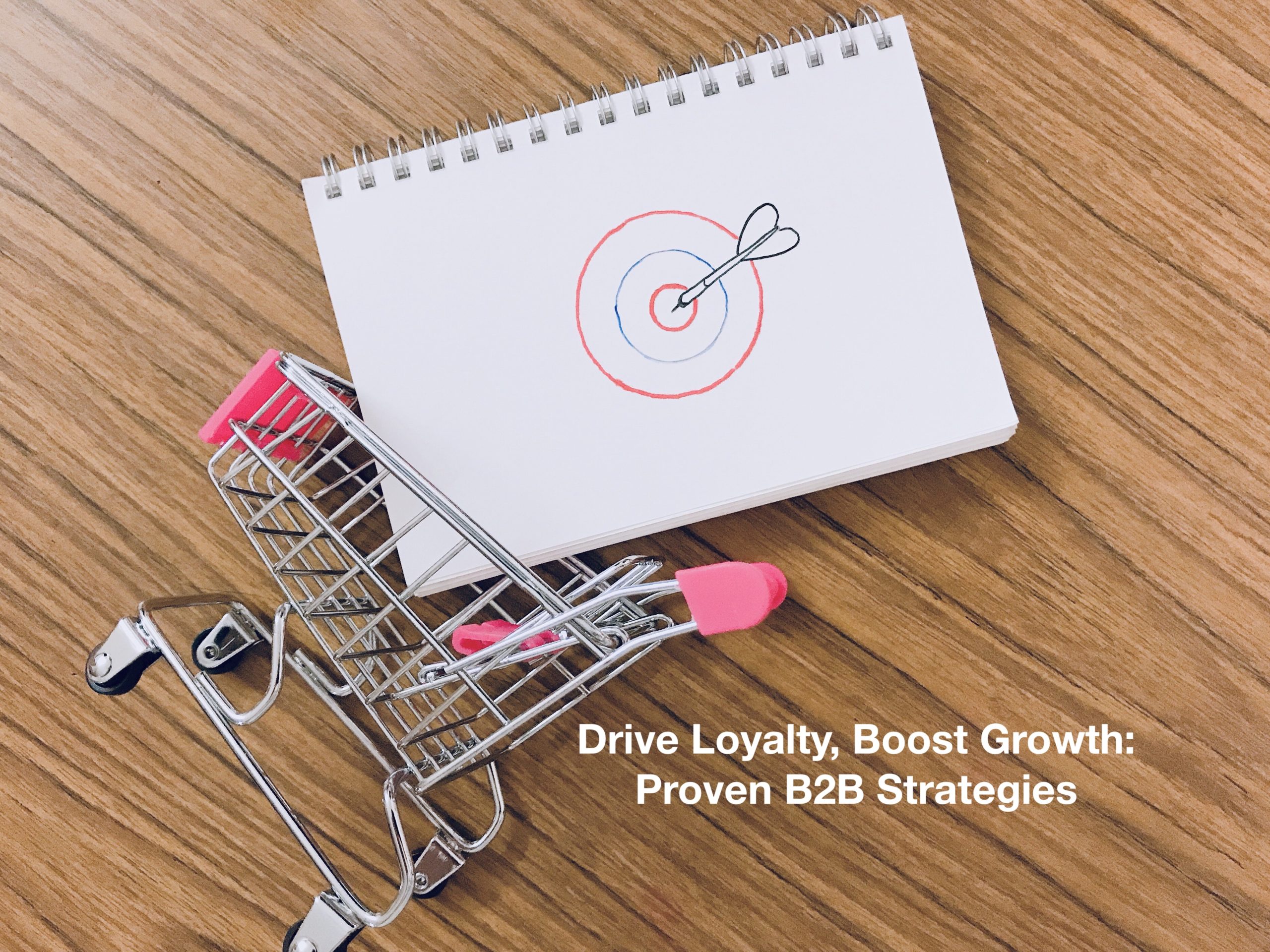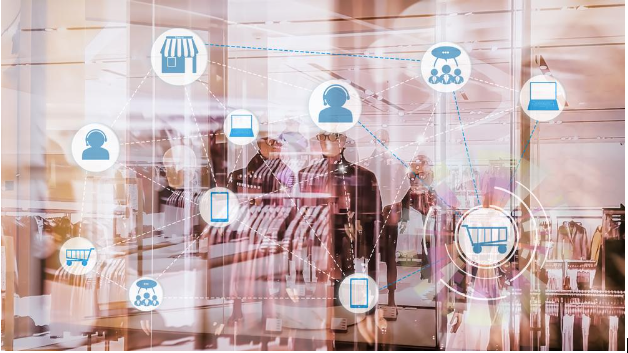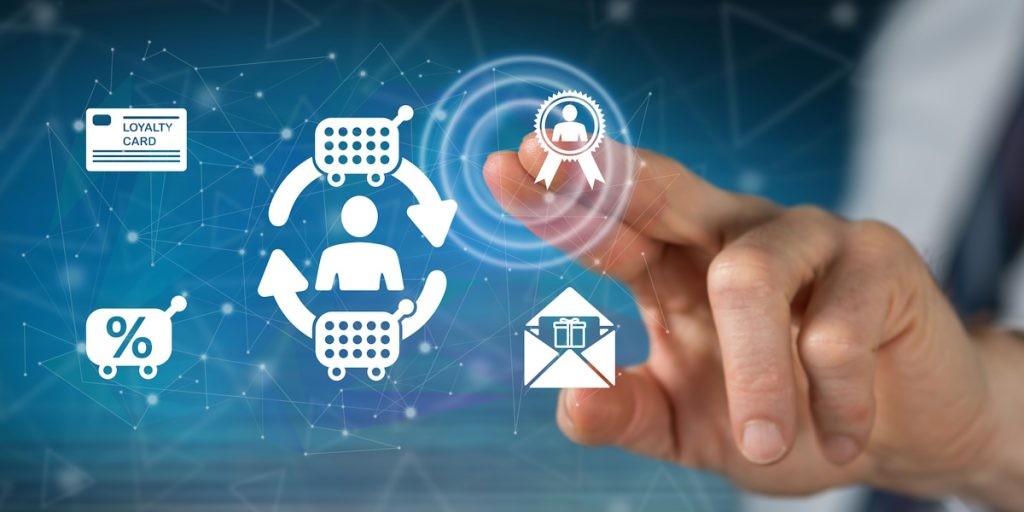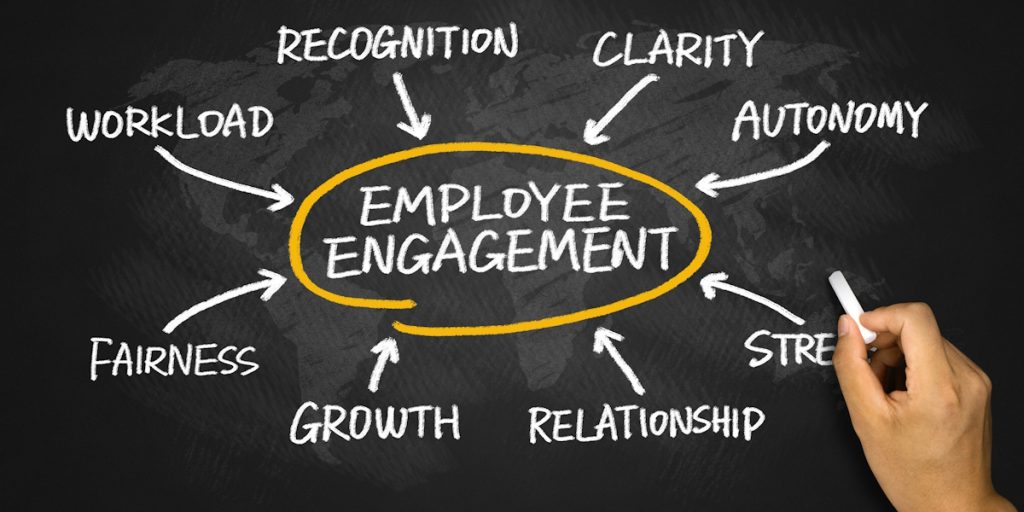Implementing effective B2B loyalty strategies is crucial for businesses aiming to retain clients, drive long-term growth, and enhance customer satisfaction. A well-designed loyalty program can help build lasting partnerships by offering rewards tailored to the unique needs of business clients. In this blog, we’ll explore proven strategies that make B2B loyalty programs successful.
A strategic B2B loyalty program provides value to clients while reinforcing brand loyalty. By focusing on customer needs and aligning incentives with business objectives, companies can differentiate themselves from competitors and foster strong, long-term relationships.
Why Implement B2B Loyalty Strategies to Retrieve Customers?
A B2B customer loyalty program is essential for businesses looking to increase retention, drive sales, and create brand advocates. According to industry research, companies with effective loyalty programs experience higher customer satisfaction, increased revenue, and improved client loyalty. Here are the key benefits:
Benefits of a B2B Loyalty Program
- Boosts client retention and satisfaction
- Increases purchase frequency and order value
- Provides valuable customer insights
- Strengthens brand loyalty
- Promotes sustainable business growth
Steps to Create a Successful B2B Loyalty Program
1. Define Clear Objectives and Goals
Start by setting measurable goals. Determine whether the focus is on increasing sales, improving retention, or building stronger relationships. Clear objectives will help guide your B2B loyalty strategies and measure success effectively.
2. Understand Client Needs and Preferences
Understanding your clients’ needs is key to developing a successful B2B customer loyalty program. Conduct surveys, interviews, and analyze purchase data to identify what motivates clients and aligns with their business objectives.
3. Choose Meaningful Rewards and Incentives
Select rewards that resonate with your business clients, such as:
- Tiered loyalty points
- Exclusive access to services or events
- Volume-based discounts
- Dedicated account management
- Training and educational resources
4. Simplify Program Structure
Keep the loyalty program easy to understand. Complicated structures can discourage participation. Clearly communicate how clients earn and redeem rewards for maximum engagement.
5. Leverage Technology for Seamless Management
Use a loyalty management platform to automate rewards, track participation, and generate valuable insights. This streamlines the process and ensures a seamless experience for clients.
Measuring and Optimizing Your B2B Loyalty Program
Tracking performance is vital for long-term success. Measure key metrics, including:
- Client retention rate
- Repeat purchases
- Average order value
- Program participation
- Client satisfaction
Tips for Continuous Improvement:
- Collect client feedback regularly
- Adjust rewards based on changing needs
- Communicate program benefits consistently
- Continuously refine the program structure
Real-World Examples of Successful B2B Loyalty Strategies
Here are some real cases of large platforms effectively implementing B2B loyalty strategies:
- Microsoft Partner Network: Provides partners with tiered benefits, including training, support, and incentives based on performance. This helps partners grow their businesses and achieve better results.
- American Express Partner Plus: Offers exclusive benefits to business partners, including financial rewards, tools, and resources that drive mutual growth.
- Hilton Honors for Business: Allows companies to earn rewards for corporate travel, meetings, and events, redeemable for hotel stays and unique experiences. This strengthens relationships and incentivizes business clients.
- Dell Technologies Partner Program: Recognizes and rewards partners based on their expertise and performance, offering financial incentives, training, and support to drive sales.
These examples demonstrate how major companies successfully align their loyalty programs with business objectives, helping clients grow while fostering long-term partnerships.
Conclusion
Successful B2B loyalty strategies require strategic planning, client understanding, and continuous optimization. By offering valuable incentives and creating meaningful connections, businesses can enhance loyalty, drive growth, and achieve lasting success. Start building a strong B2B customer loyalty program today and unlock new opportunities for growth.
Is Your B2b Loyalty Strategy Driving Results?




